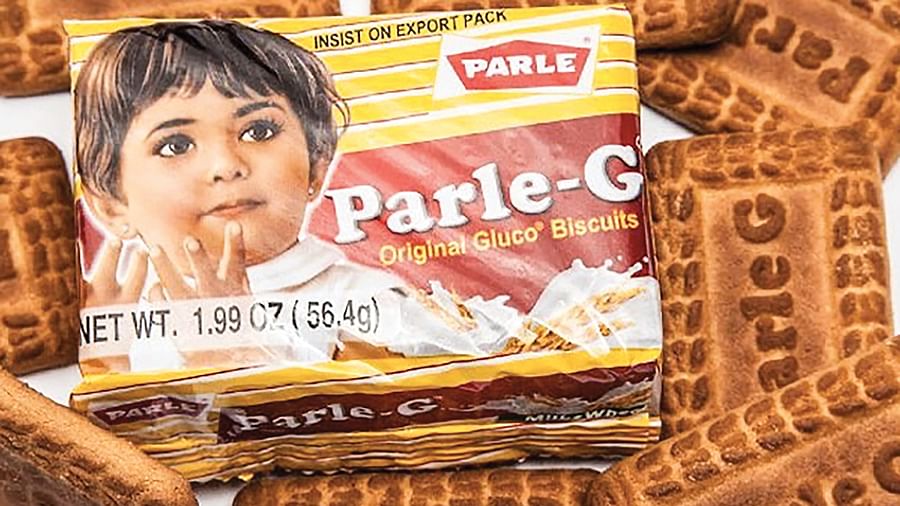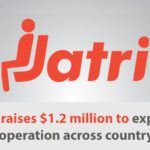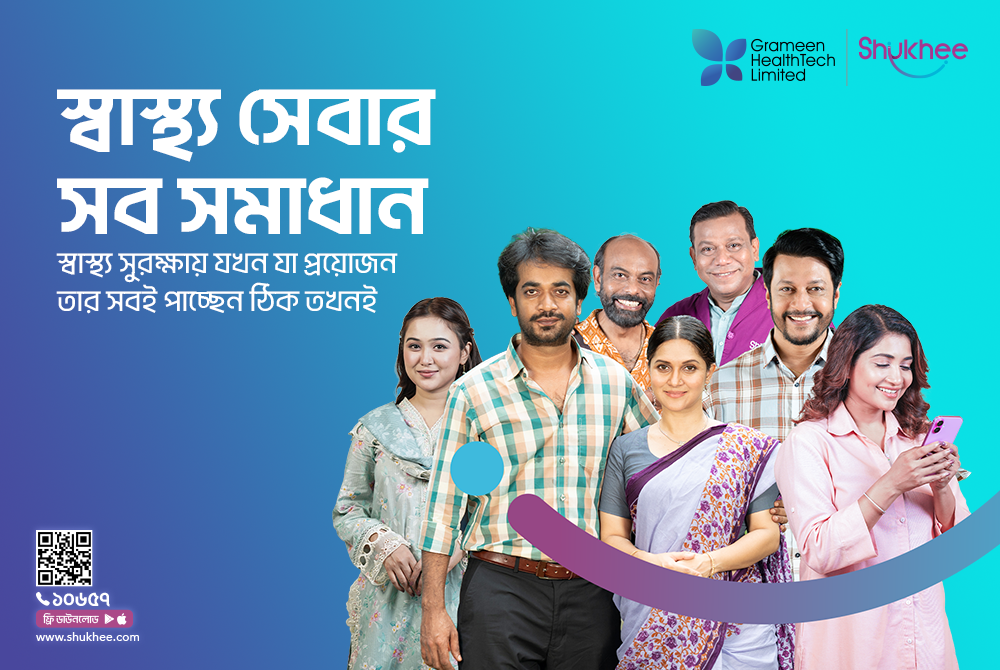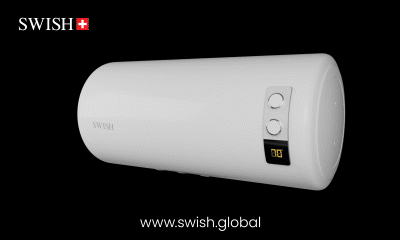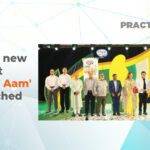It is said that if there is no ‘ta’ with Bengali tea, the day will not start. And it is not difficult to understand that this ‘ta’ is basically a biscuit. However, many people may not know that the people of this region are not very old in this habit. Biscuits were a luxury item for the people of the subcontinent even during the British period. Biscuits were mainly eaten in aristocratic families. Those expensive biscuits did not reach the homes of ordinary people.
The biscuits that were available in the region at that time were entirely dependent on imports. It was imported from Britain. Those foreign biscuits were a booming business. And Mohan Lal Dayal, a businessman inspired by the Swadeshi movement, did not like it at all. So he took the time to compete with the British biscuits by bringing homemade sweet glucose biscuits, again at affordable prices. The name of that biscuit was ‘Parle Ji’. The first Parle G biscuits were made in 1939 during World War II. In the beginning, the name was ‘Parle Gluco’.
Parle G was the first biscuit made for the common people of India. Mohan Lal Dayal founded the company in 1929. He was basically a silk trader. However, motivated by patriotism, he once decided to open a bakery business. Make lozenges, sweets, etc. If possible, the candy would be made first in the company. The foreign candy biscuits in India at that time were sold at very high prices. Only British companies at that time imported products like biscuit candy. United Biscuits, Huntley & Palmers, Britannia These were the famous expensive biscuit brands of that time.
Mohan Lal Dayal did not like this situation at all. He was inspired by the Swadeshi movement. So he decided to make candy in India so that Indian consumers can also buy that candy and enjoy it with their families. Mohanlal did not sit with the plan. He went to Germany to implement the plan and brought training in candy making.
At the end of the training, he bought a candy machine at a cost of Rs 60,000 and brought it to the country. Then started a new business in present-day Mumbai. He bought an old factory located between the two villages of Irla and Parla in Mumbai. If possible, the name comes from the name of the area where the factory started. Initially, the company had only 12 employees. Mohan Lal Dayal taught them their work. His family members were associated with that.
The company’s first product was orange candy. The funny thing is that it is still quite popular candy in India. During the crisis of World War II, Mohan Lal started making glucose biscuits for the first time. The biscuit quickly became popular at that time and easily captured the market. Good to see, it was fun to eat.
Because of Pearl, all the British companies started making losses at that time. Once upon a time, Gluco became a big brand. This biscuit became popular not only among the people of this country but also among the British. Mohan Lal’s company also made biscuits for the soldiers who left the subcontinent during the Second World War. Mohan Lal popularized domestic products with the help of the British.
After independence in 1947, Mohan Lal’s ‘Parle’ company fell into some trouble. Due to the crisis of wheat at that time, the production had to be stopped for some time. They make barley biscuits until the wheat supply is right. However, people start to feel the lack of biscuits if they can. If you can come back to production after a few days. In 1972, Gluco was changed to G, if possible, because the company did not have a patent for the word Gluco. If you can, Gluco is G. G means genius.
At present, Parle G biscuits are being produced at a rate of around Rs 40 crore per day. Packets of 14,600 crore biscuits are sold every year. Even during this Corona, many companies made huge business losses, but Pearl was not affected. Corolla is one of the best-selling products in India at the time


